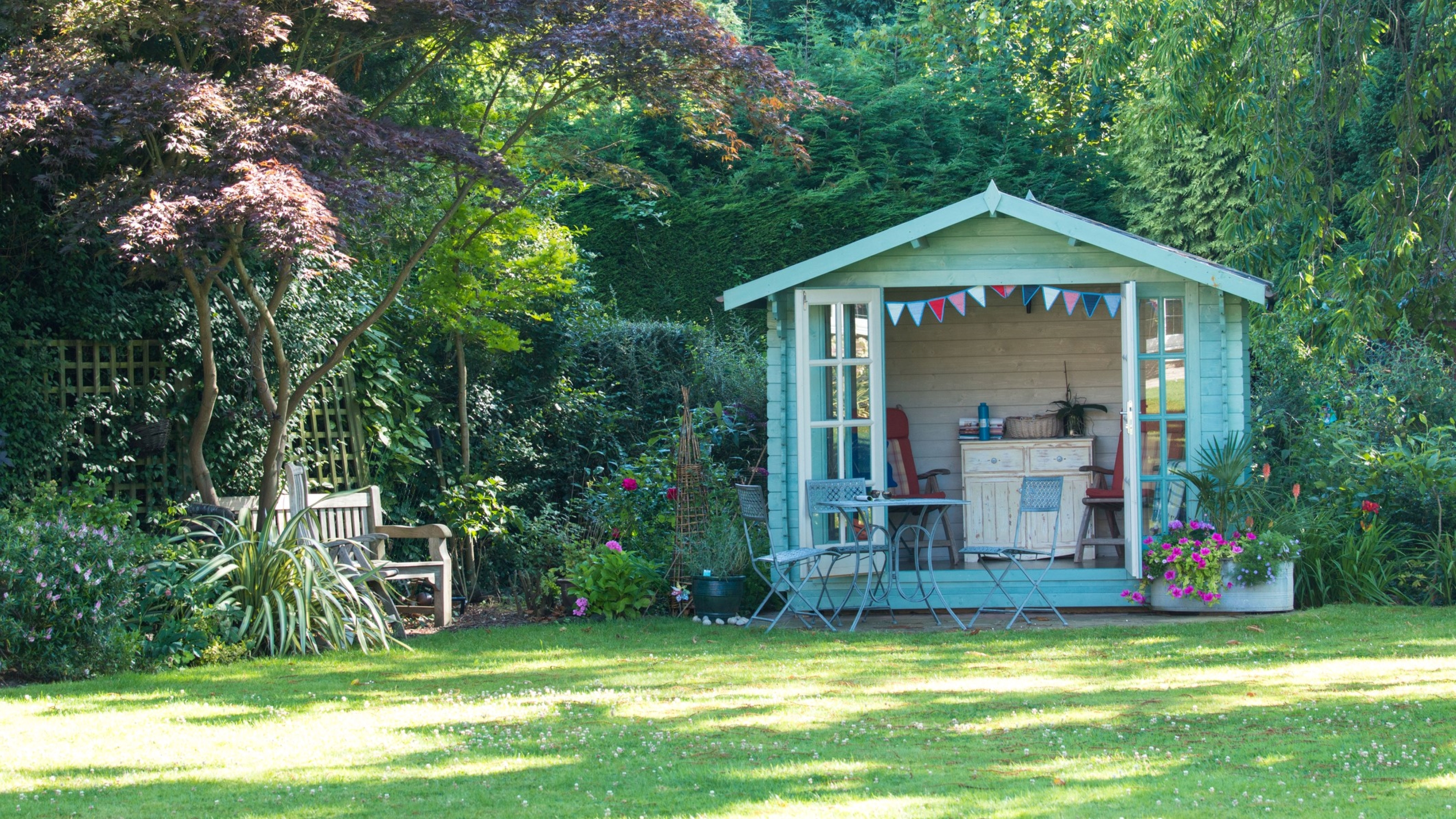
Preparing for a heatwave is essential to keep your garden and backyard space looking good. Even a couple of days of intense summer heat can cause plants to suffer and make your backyard an uncomfortable space to be in.
As much as many of us enjoy the heat, it is always best to overprepare for a heatwave than your plants wilting, visiting wildlife suffering and yourself overheating in the sun. If you haven't got the best garden hose yet, now is the time to invest in one. Watering your plants more regularly is a must if you want them to stay healthy during hot weather.
Tweak your garden ideas to mitigate the effects of hot weather and your outdoor space will remain a comfortable oasis for everyone that uses it. Here are the top tips to help you enjoy the summer without too much discomfort.
1. Water plants in the morning
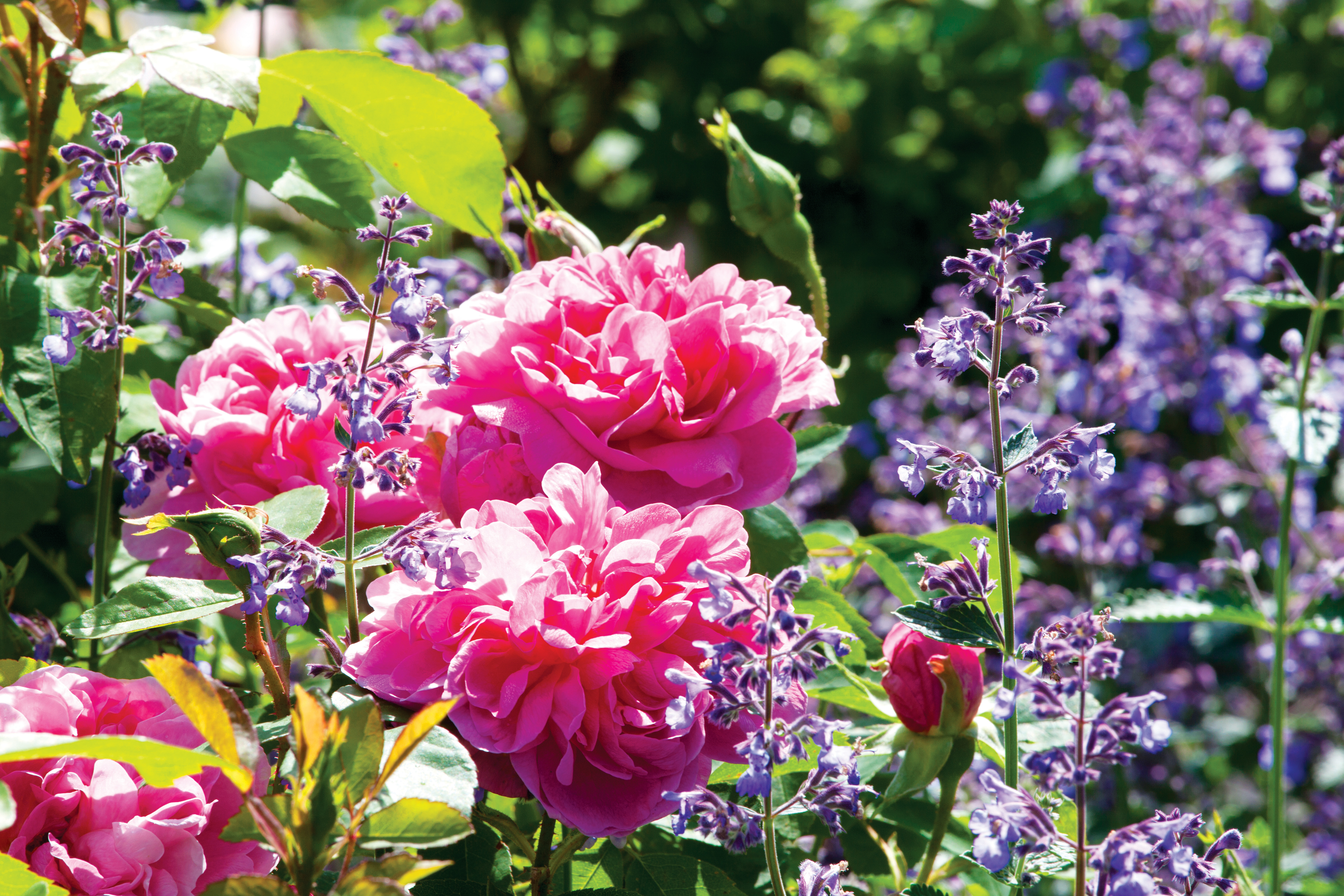
Keep your best garden plants hydrated at all costs and by watering your plants in the morning plant roots will have more of a chance to take up water, ahead of extreme heat. Contrary to what some may think, lunchtime heat shouldn't actually scorch leaves.
You should also avoid watering late in the evening, as this can make your plants more vulnerable to slugs and root rot. Consider it both a non-toxic garden pest control solution and protective measure for plants in a heatwave.
2. Don't oversaturate
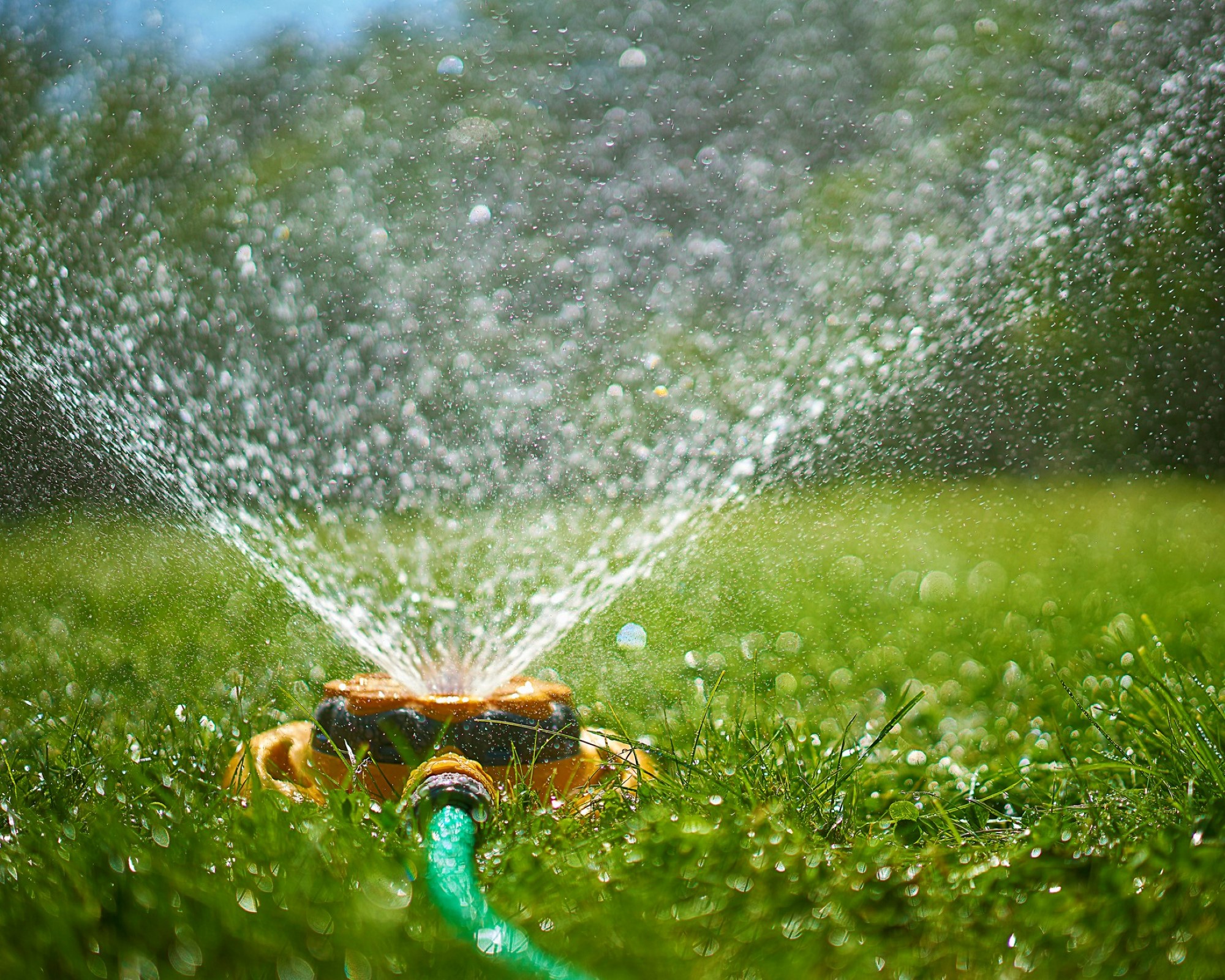
It may seem logical to flood your plants with as much water as possible, but this will actually do more harm than good during extreme weather. By over-watering, you are adding to the stress the plant is already under in needing to acclimatize to higher temperatures. Plants that have access to good soil are able to adjust to hot weather, provided the soil at root level doesn't dry out completely.
So, every morning during the heatwave, perform this test: stick your index finger into the soil around the root; if the soil is still wet below the surface, there's no need to water. If it's just damp, it's time to water again.
If you don't think you'll have much time to water plants regularly during a heatwave, consider drought-tolerant plants is your best bet.
And, if you have the budget, consider installing a water irrigation system, which is a water-efficient way to ensure your plants get watered, especially if you need to keep plants alive while away on vacation.
3. Protect plants from direct sun
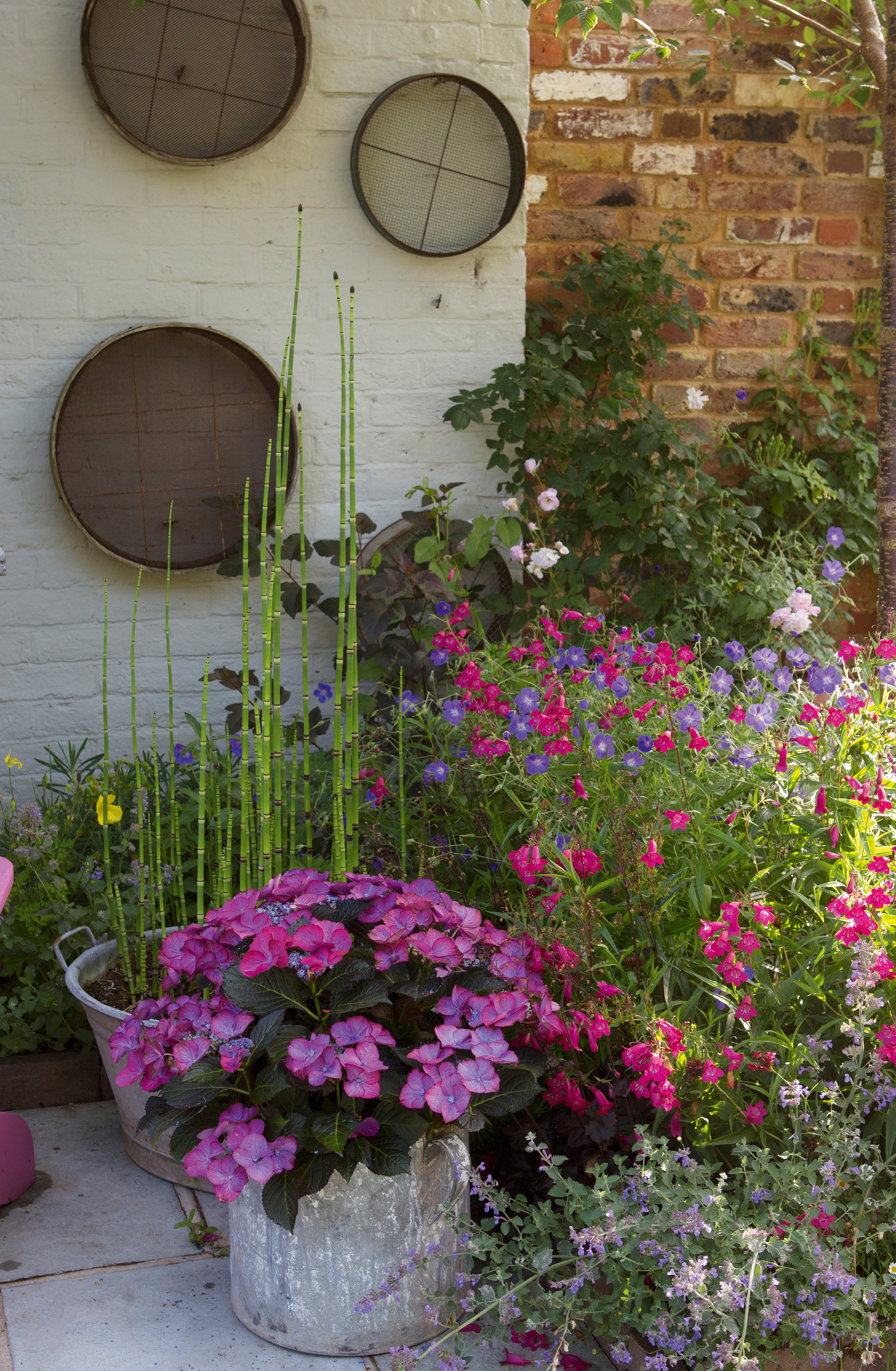
Lunchtime is by far the most dangerous time of day for many plants during very hot weather. There are several things you can do to prepare your garden for a heatwave and alleviate the pressure on your plants:
- Mulch: mulching is one of the most effective ways to prevent moisture loss from around the root area. Make sure the mulch layer is at least a couple of inches deep;
- Use a shade cloth: if you're worried about young plants or soft fruit, putting up a shade cloth might be a temporary solution. You will need a structure to mount it onto, such as a frame or pergola;
- Row covers: if you're planning a kitchen garden, these are very useful for protecting tender growth and the soil. You'll need hoop supports and shade netting to build your row covers.
4. Water plants gradually

It doesn't much matter whether you water your plants from a hose or a watering can, but you should always try and water plants gradually rather than blasting them with water on the most powerful setting. Plants aren't meant to absorb water at very quick rates, and watering the foliage is often a waste. Always water slowly, at the roots.
5. Add Vermiculite to container plants
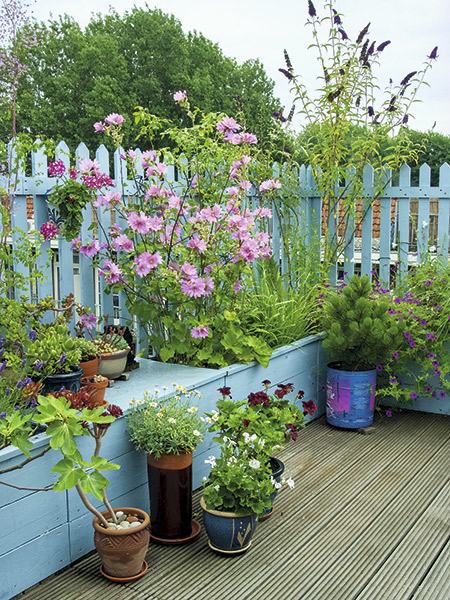
Those with container gardens will know how difficult it can be to keep the soil moist, particularly in terracotta pots. One way to prepare your garden for a heatwave is to add vermiculite to your soil mix. It is a great way to increase water retention in the soil, preventing the water from evaporating too quickly. Vermiculite (which can also be bought on Amazon) also improves the absorption of nutrients and fertilizers, making your container plants healthier and therefore more resilient during a heatwave.
6. Favor drought-resistant plants
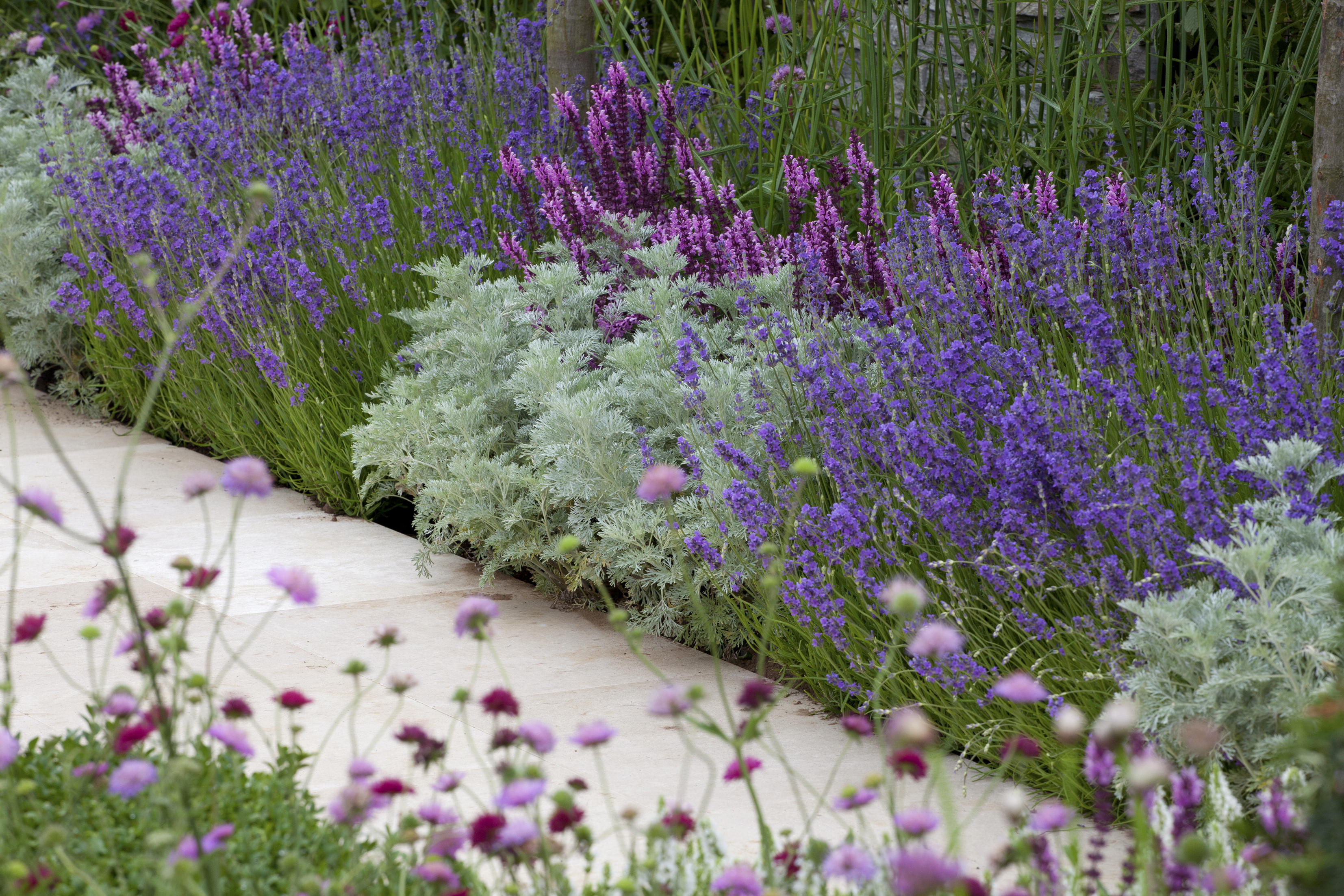
One way to prepare a garden for a heatwave is to choose the right plants in the first place. And if you live somewhere with an arid climate, drought-resistant varieties or choosing the xeriscaping garden method can be a wise move.
Some plants need less watering than others; opting for full sun plants that love the heat, whether in borders or in containers, will help you save water and ensure they thrive, even in extremely hot weather.
High heat tolerant plants include lavender, rosemary, sage, vervain and artemisia.
7. Order a water butt now
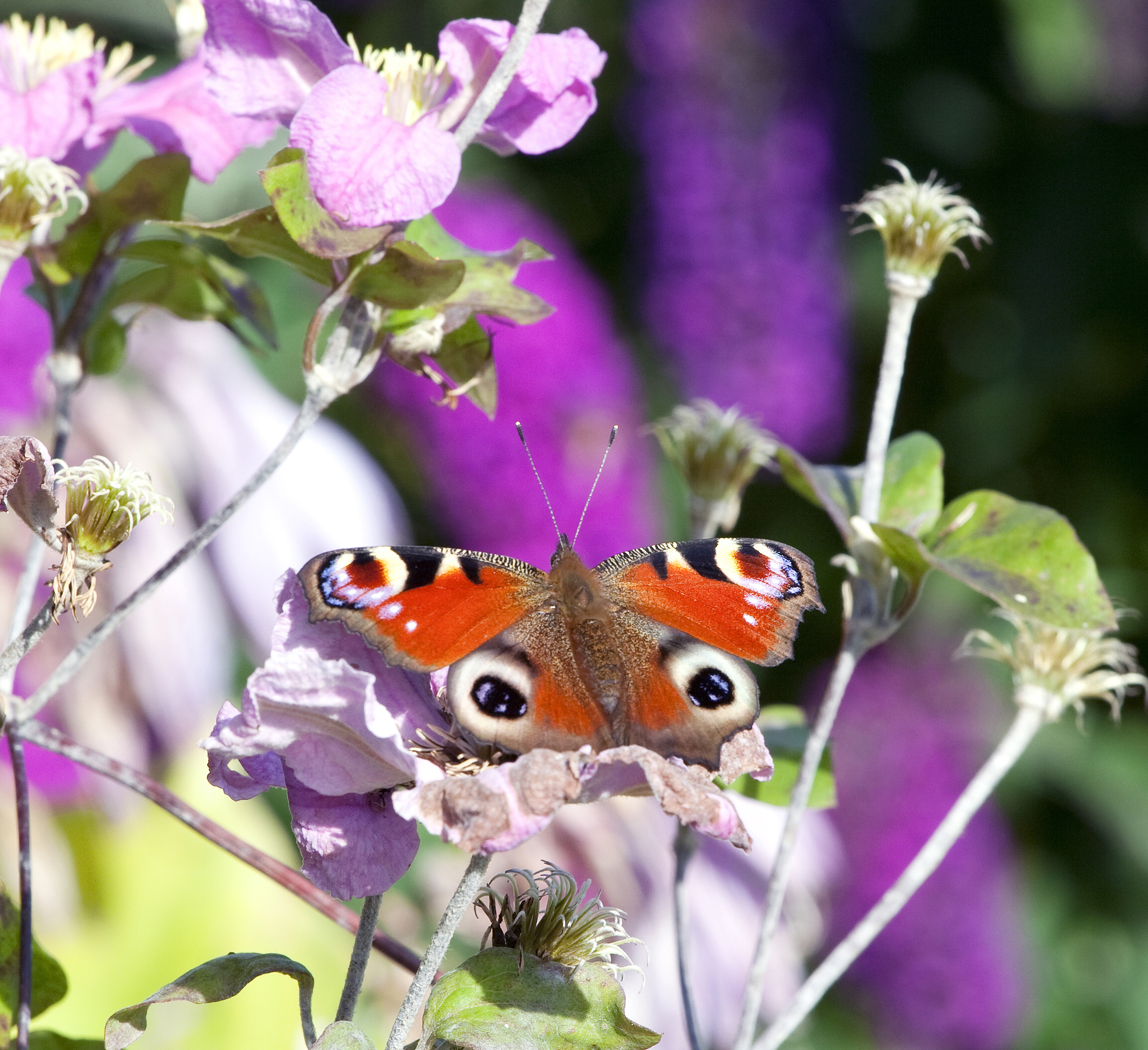
While the weather is still up and down, get a water butt or rain barrel installed in your garden. That way, hosepipe ban or not, you'll have water on tap in the garden whenever you need it. Rain barrels are also an important feature of wildlife gardens..
8. Plant anything new out in the evening
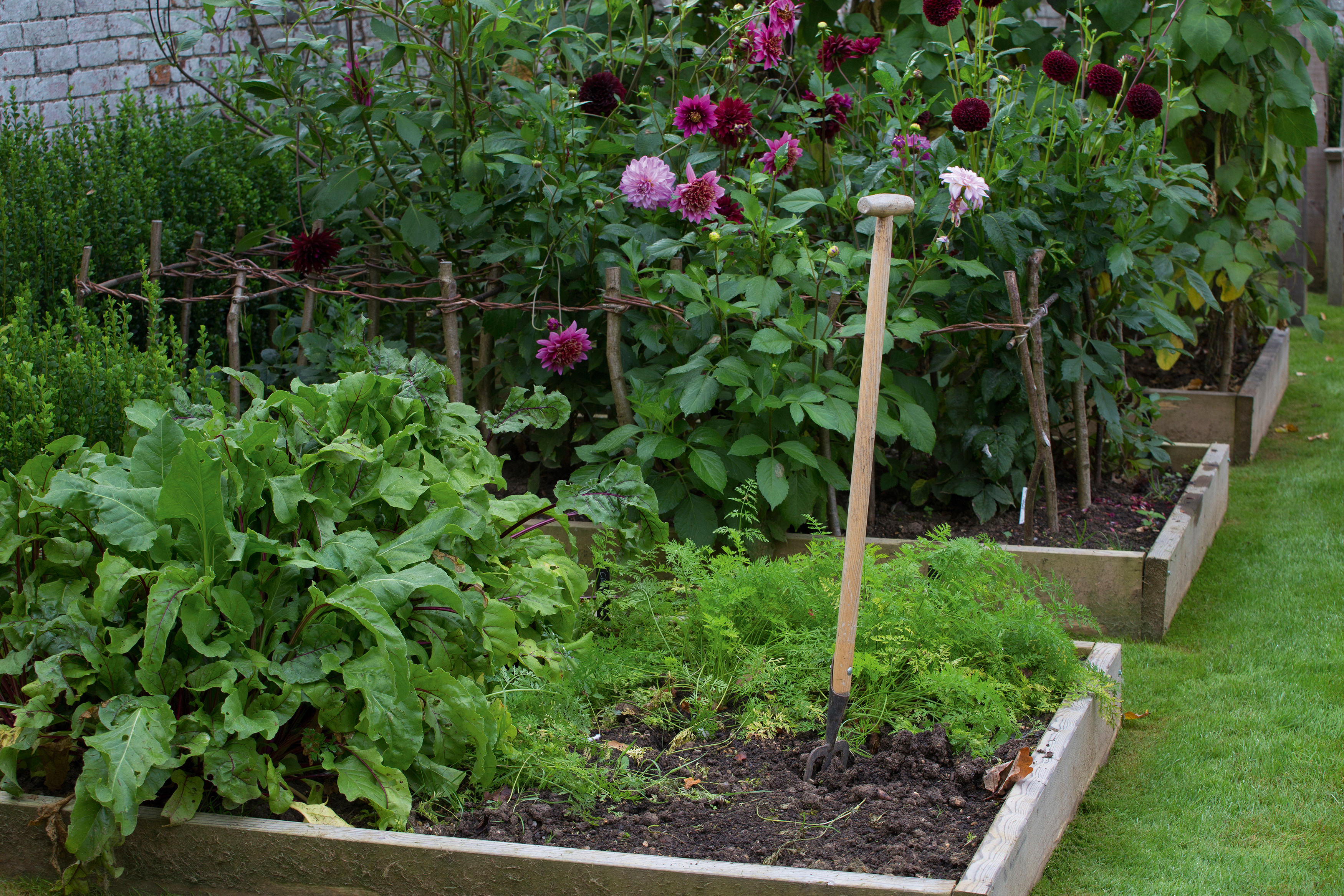
Planting at the right time of day in hot weather can ensure your plants' survival. If you're planting out in a heatwave, wait until the evening, and water well. Ideally, plant on a cloudy day and water well if the weather's still warm. Then mulch with a 50/50 organic mix and organic compost.
9. Add some shade
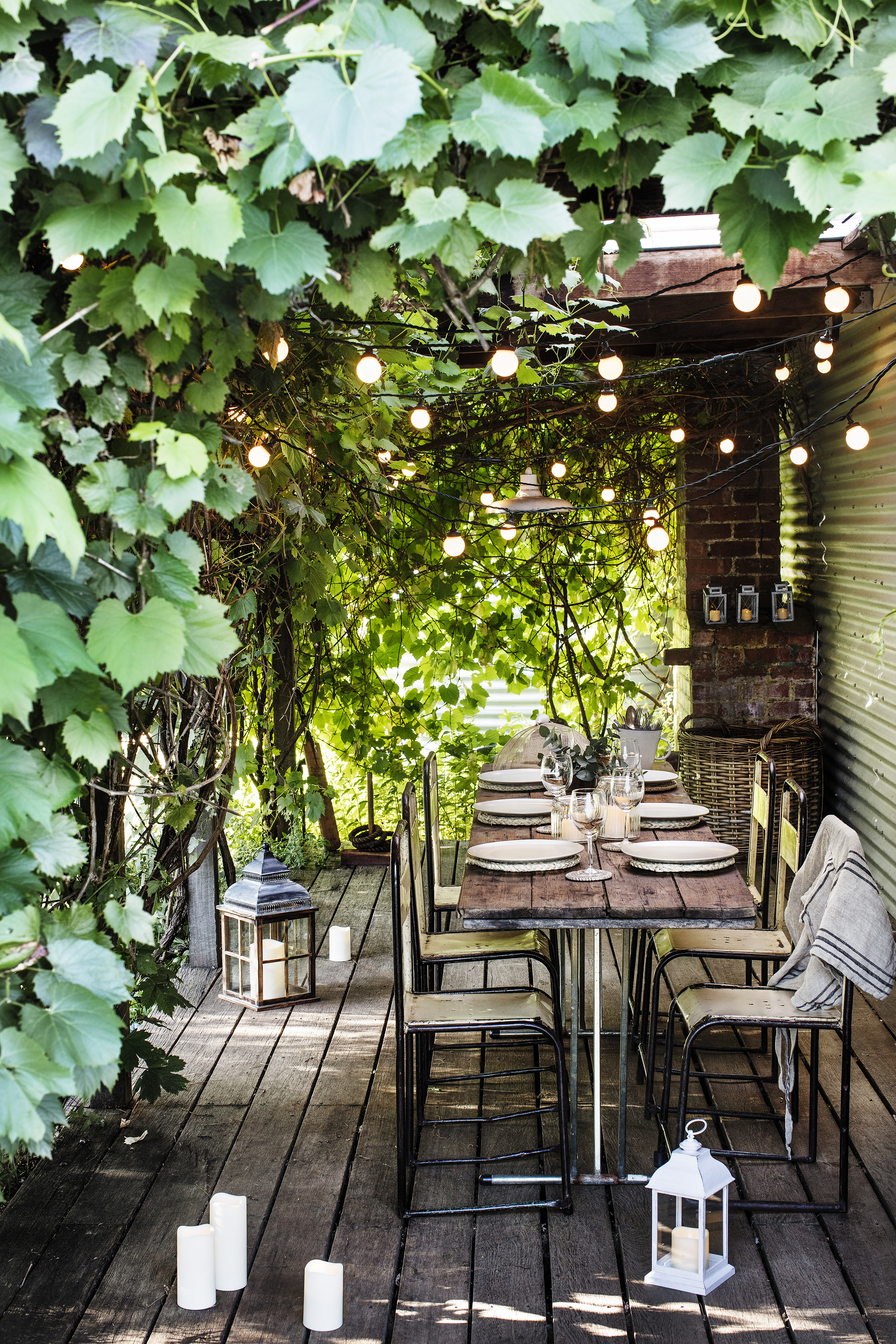
Pergolas can work really well to reduce heat in your garden and to protect plants from direct sun. More substantial than garden arches, but giving you more freedom with positioning than a patio roof, pergolas can help you protect your plants (and yourself, in fact) from getting scorched. While a pergola will typically have a latticed roof that does let some sun in, you can get designs specifically for creating more shade, with retractable and replaceable canopies.
Alternatively, train a bougainvillea up your pergola roof: these lovely Mediterranean climbing shrubs are drought-tolerant and love the sun, and can work as a living roof to protect your other plants.
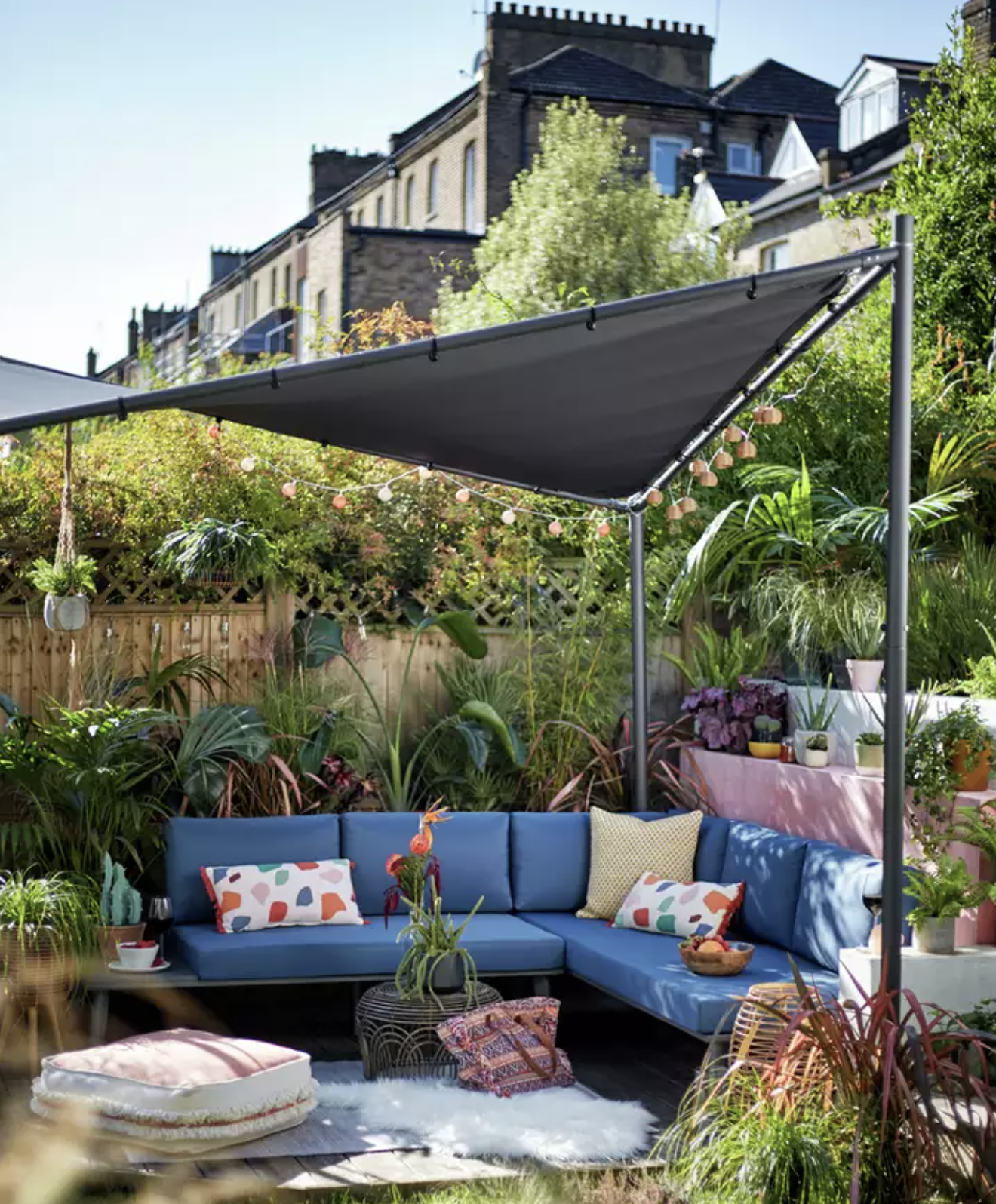
Need a speedier shade solution than a pergola? A sail shade is perfect. You can attach it to fences, the house, even trees – or erect posts to hold it in place. Need shade in more than one spot? Get two... Or just group plants that are suffering under the one you have.
10. Supply water for wildlife
It's not just plants that'll be suffering during a heatwave, but also animals and insects that visit your garden. Heatwaves put major pressure on all wildlife, but you can help, while making your garden look even more beautiful. Our top tips for helping wildlife during a heatwave are:
- Install a bird bath: these come in a variety of beautiful shapes and designs; make sure the water is always fresh.
- If you want to help bees as well, get a shallow bird bath and place some pebbles inside it – these will act as rafts and prevent the bees from drowning. Find out more about creating a bee-friendly garden in our guide.
- Leave bowls of fresh water on the ground for hedgehogs; you can also leave food out for them, such as diced carrot.
- Don't get rid of ivy and other climbers: these provide invaluable shelter for birds, insects, and hedgehogs.
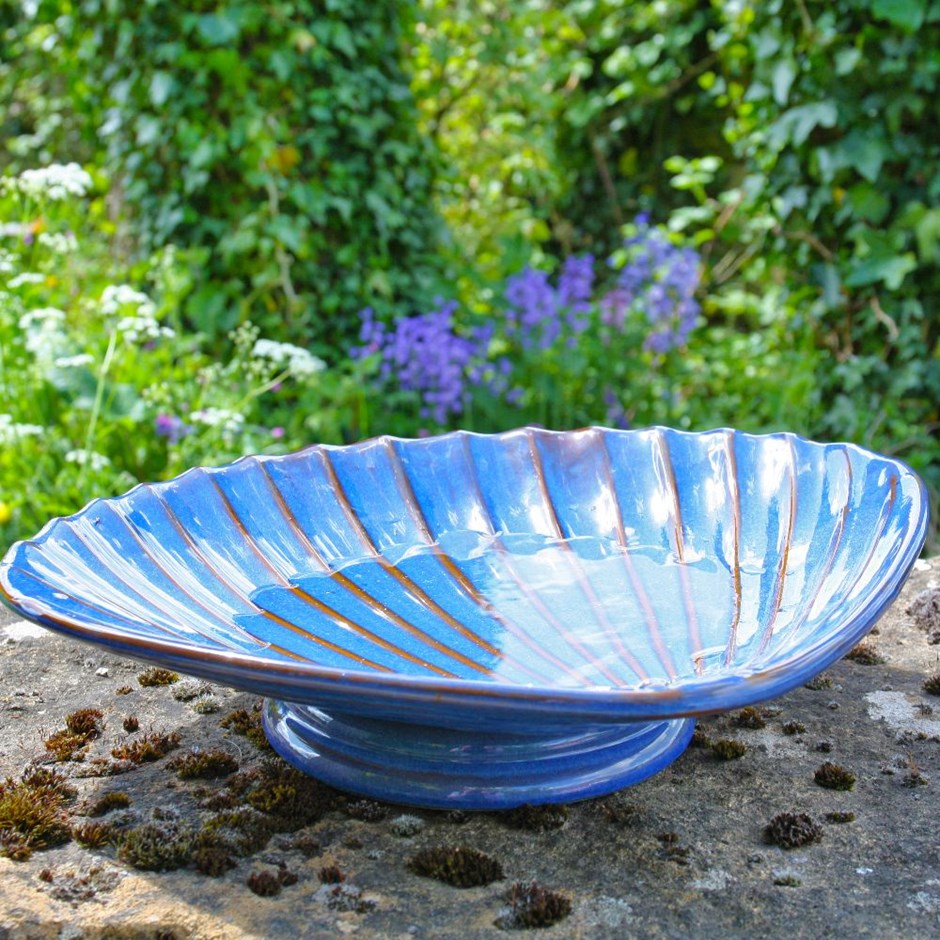
Beachcomber bird bath, Waitrose Garden
11. Employ BBQ safety
During a heatwave, you're likely to get out your best barbecue and although a lunchtime menu is enticing, consider waiting until the hot midday sun has passed to avoid overheating. Ensure also that if you choose to barbecue under a canopy that it is fire retardant and simply be even more aware of fire safety.
12. Leave the grass long
It's tempting to get your lawnmower out often during the summer - but resist the temptation to over mow during a heatwave. Sophie Birkert, founder of Screen With Envy, advises: ' Taller grass casts a shadow, so if your grass has a bit of length it can protect its surrounding blades at all different times of day. Anything over 2 centimetres should provide some additional protection.'
13. Protect garden furniture
Some of the best patio furniture options are fade- and UV-resistant, but that's not always the case with all patio furniture. Birkert recommends checking 'the purchasing information to be sure. Regardless of what you find, use either a sun-protecting cover or move your furniture inside/into a shaded spot.'
14. Watch out for water features
It is easy to forget that garden water features can also feel the strain of intense heat.
'Much like plants, covering the water features in your garden is a really simple way to ensure the water doesn’t evaporate or, in some cases, hurt any wildlife.
'Use simple tarpaulin if you don’t have a designated cover in the short term, but consider buying something more useful in future.'
15. Look after your pool during a heatwave
Increased pool maintenance during a heatwave is a must. High temperatures cause chlorine to evaporate faster, which can lead to a chemical imbalance and even make your pool green with algae. You should increase the pH testing of your pool during a heatwave and put more chlorine in if you need.
16. Cool down outbuildings and garden rooms
If your garden room or summerhouse has windows, now's the time to open them wide! If it doesn't or they're not big enough to make a difference - especially if you use yours as an outdoor office space - you will need to think about additional cooling measures. A portable fan (which can be bought on Amazon) is an obvious first step. You can also look into the best portable air conditioner if you're planning on spending a lot of time in your outbuilding.
Join our newsletter
Get small space home decor ideas, celeb inspiration, DIY tips and more, straight to your inbox!
Anna is a professional writer with many years of experience. She has a passion for contemporary home decor and gardening. She covers a range of topics, from practical advice to interior and garden design.
-
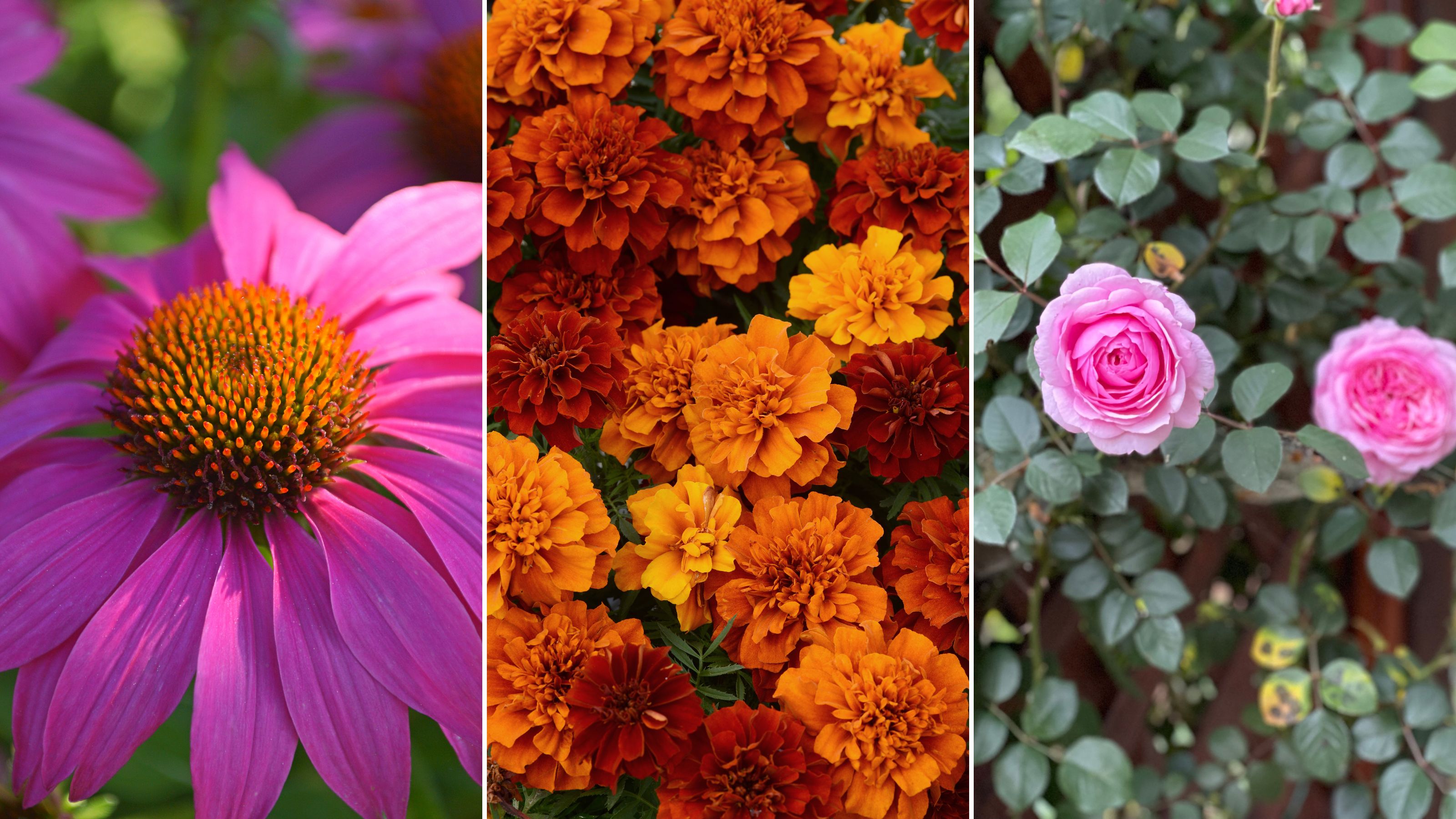 The 7 flowers to plant in August, according to gardening gurus
The 7 flowers to plant in August, according to gardening gurusKnowing what flowers to plant in August isn't always so clear-cut. But that's why we called in help from pro planters — here's what they said to pot.
By Becks Shepherd Published
-
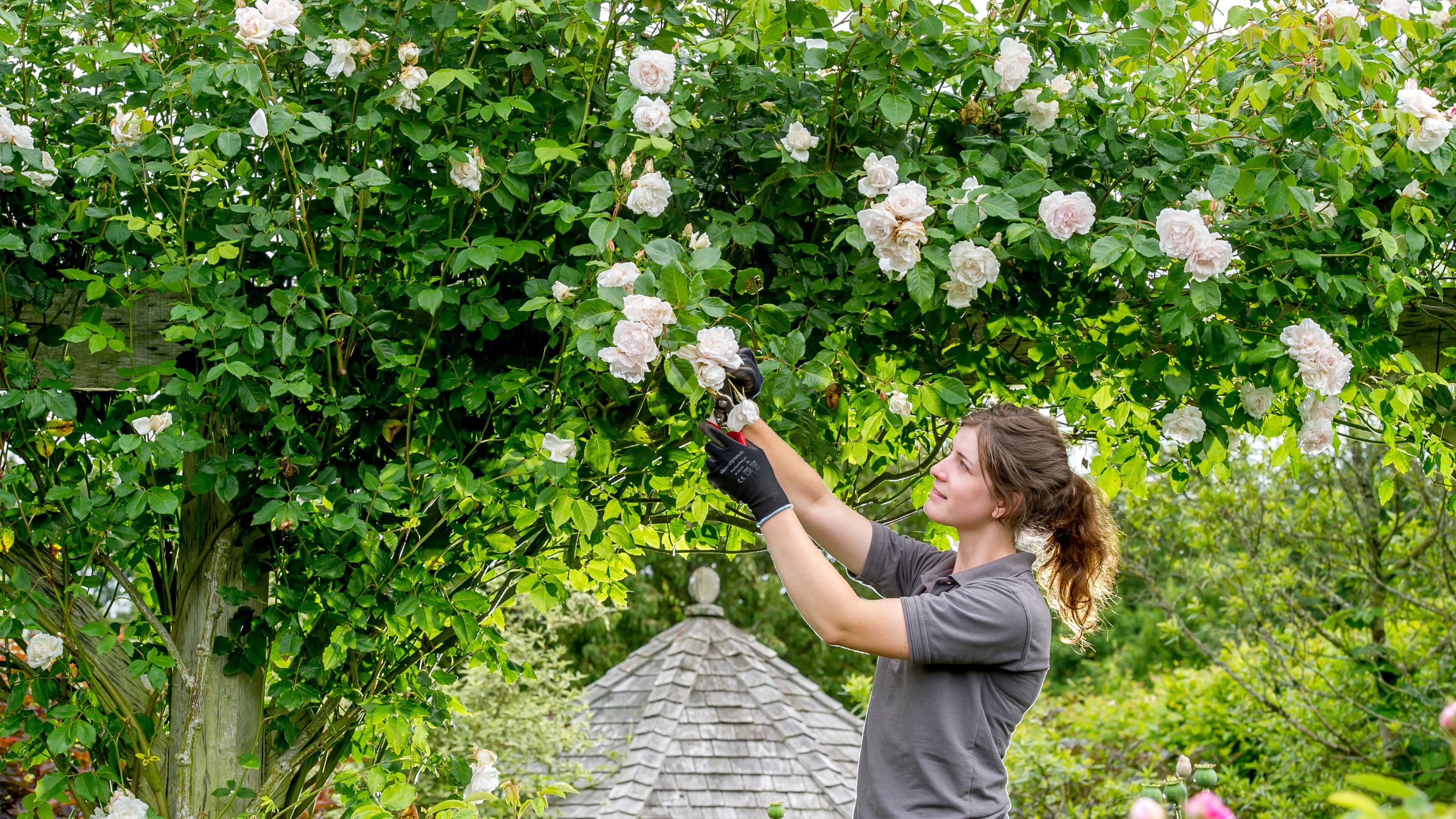 The 7 plants to prune in August — and the 2 pieces of greenery you shouldn't touch
The 7 plants to prune in August — and the 2 pieces of greenery you shouldn't touchWondering what plants to prune in August? We asked a gardening expert for their top tips plus info on what pieces of greenery to avoid pruning this month
By Becks Shepherd Published
-
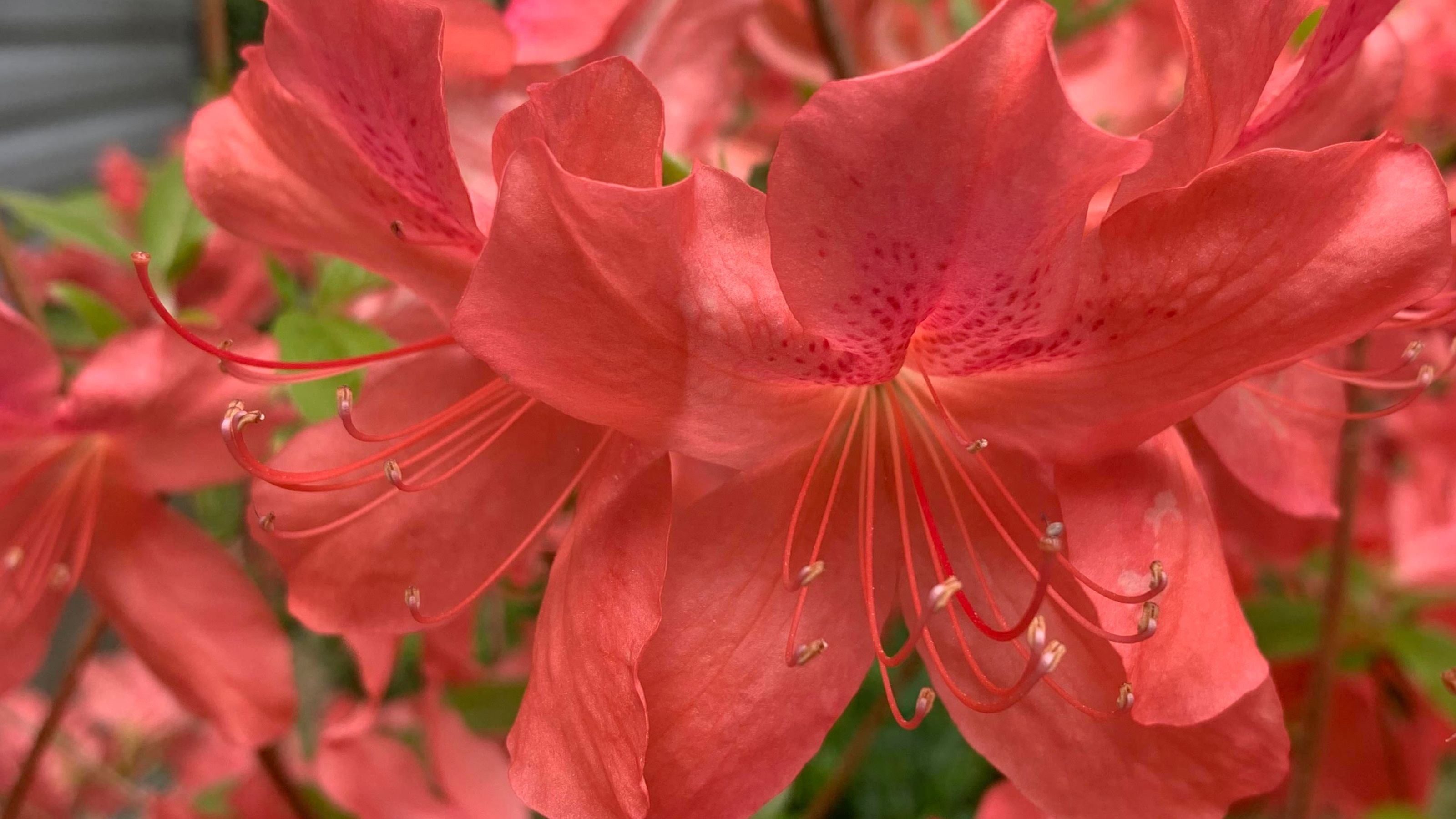 Do you need to deadhead azaleas? Top tips for pruning these flowering shrubs
Do you need to deadhead azaleas? Top tips for pruning these flowering shrubsWondering whether you need to deadhead azaleas? We asked a gardening expert for their top tips for looking after these blooms
By Becks Shepherd Published
-
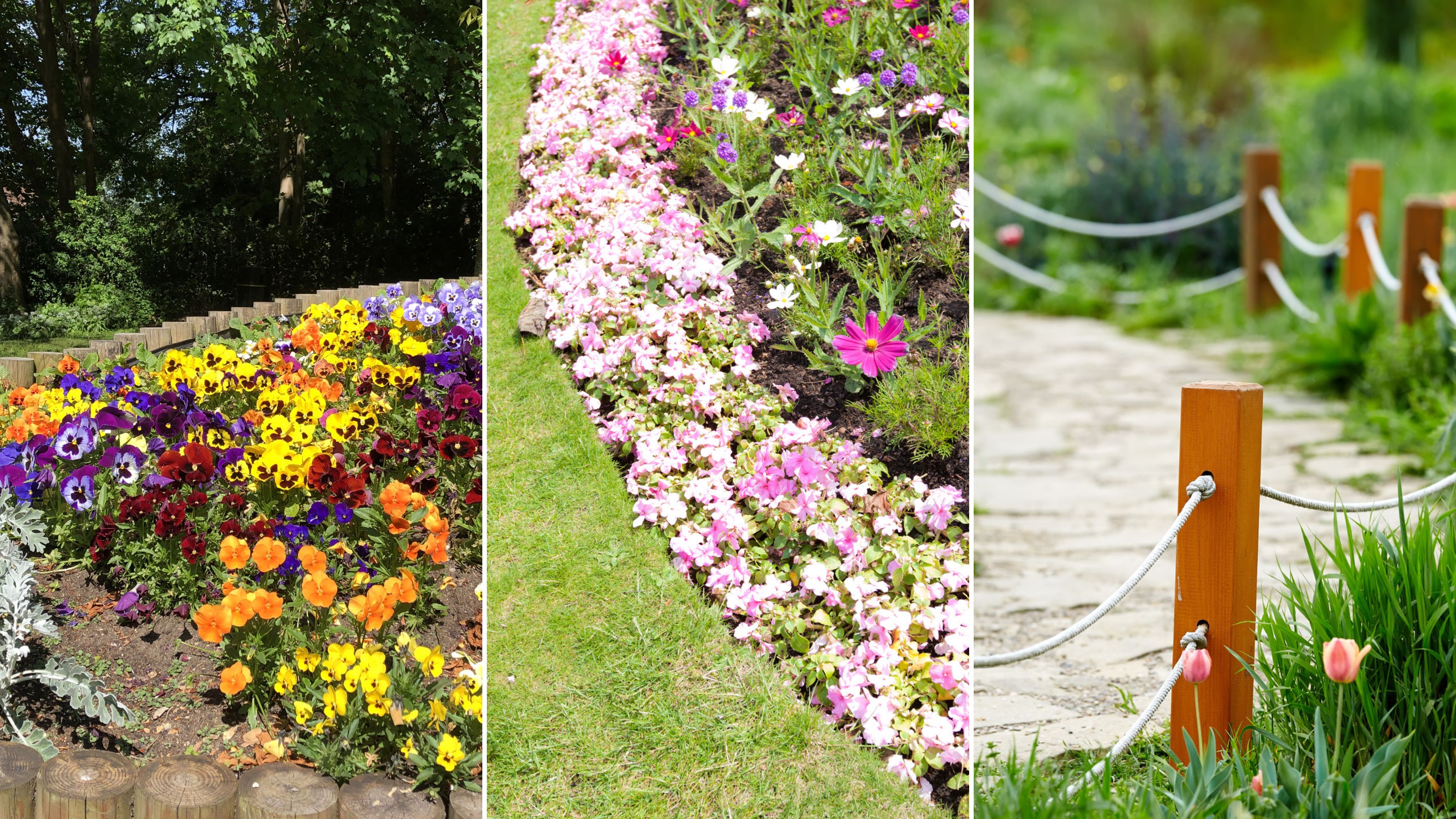 14 lawn edging ideas that will add definition and style to your backyard
14 lawn edging ideas that will add definition and style to your backyardWant to neaten up your lawn with lawn edging ideas? From fresh flowers to laidback bricks, we've scouted out materials and styles that look brilliant
By Eve Smallman Published
-
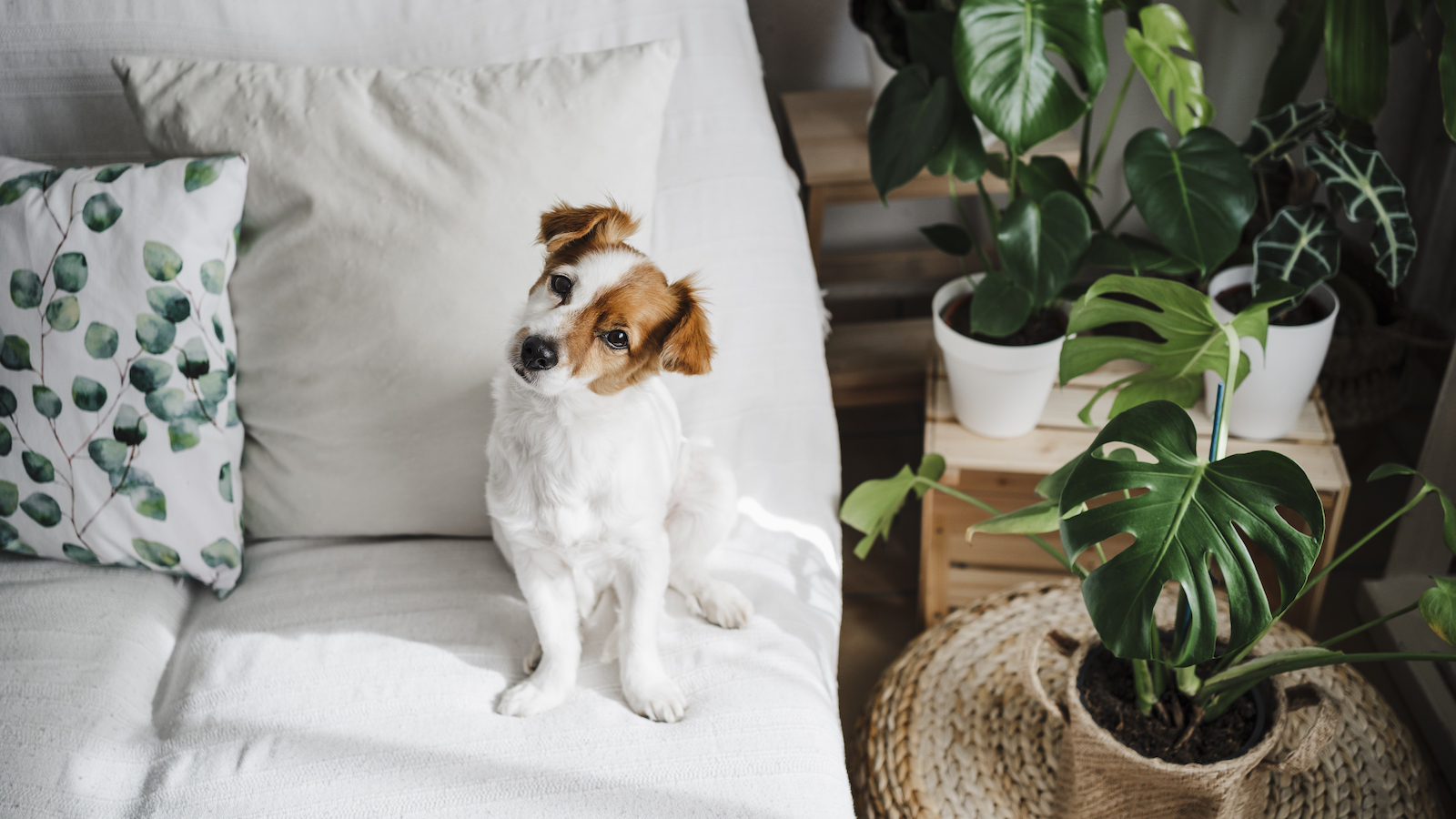 Which houseplants are toxic to dogs? Vet experts pinpoint problem plants and solutions
Which houseplants are toxic to dogs? Vet experts pinpoint problem plants and solutionsWondering Which houseplants are toxic to dogs? We spoke to vets about the problematic leafy greens, what they trigger in dogs, and how to find a solution
By Danielle Valente Published
-
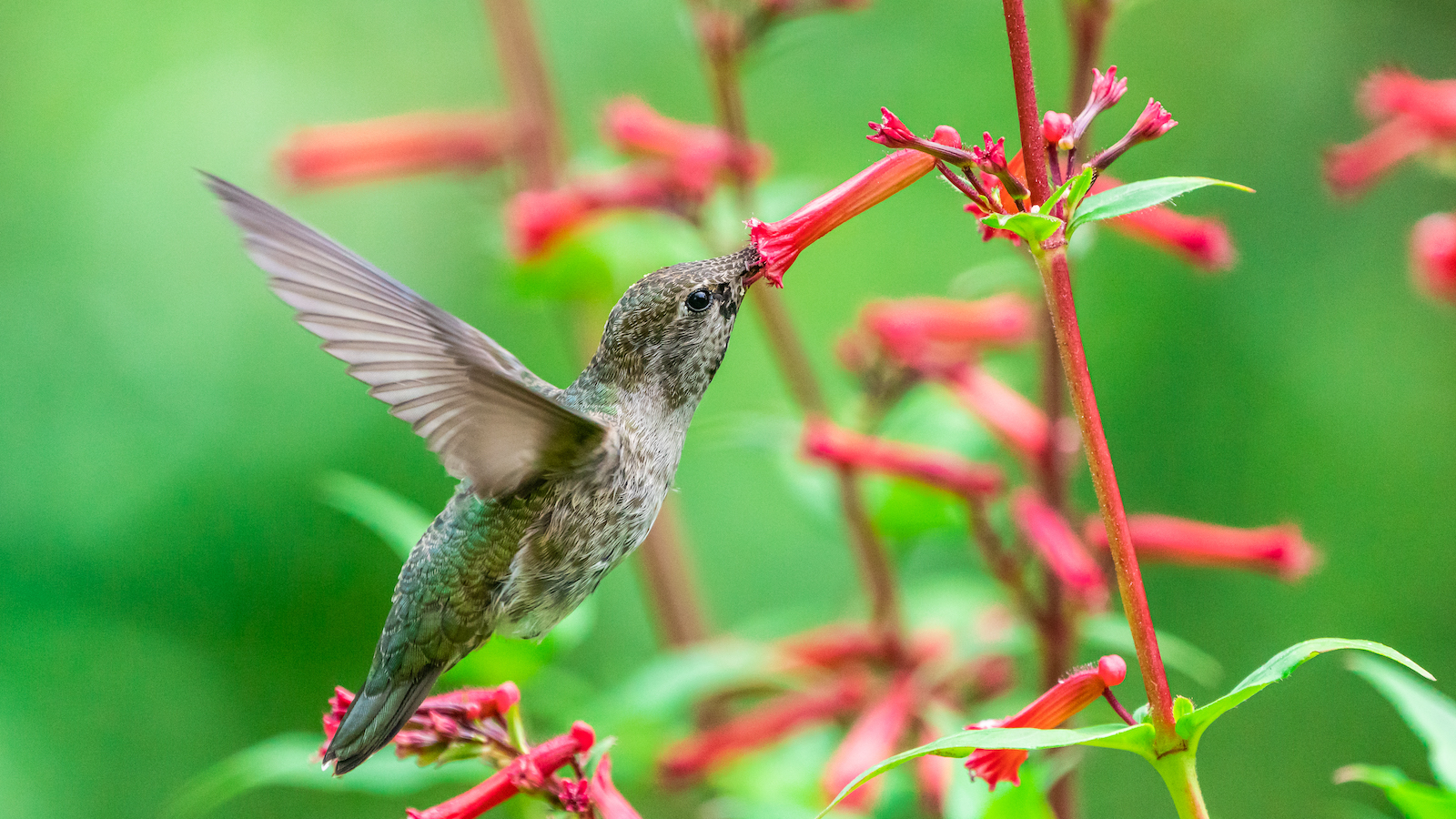 How to attract hummingbirds to your backyard, according to ornithologists
How to attract hummingbirds to your backyard, according to ornithologistsTrying to figure out How to attract hummingbirds to your backyard? These ornithologist-backed tips will guarantee you visitors in no time
By Danielle Valente Published
-
 Does hydrangea bloom every year? Pros spill the dirt on the "garden favorite" and when to expect it
Does hydrangea bloom every year? Pros spill the dirt on the "garden favorite" and when to expect itWondering, "Does hydrangea bloom every year"? We asked the pros all about the garden favorite and how often to expect them — here's the dirt.
By Danielle Valente Published
-
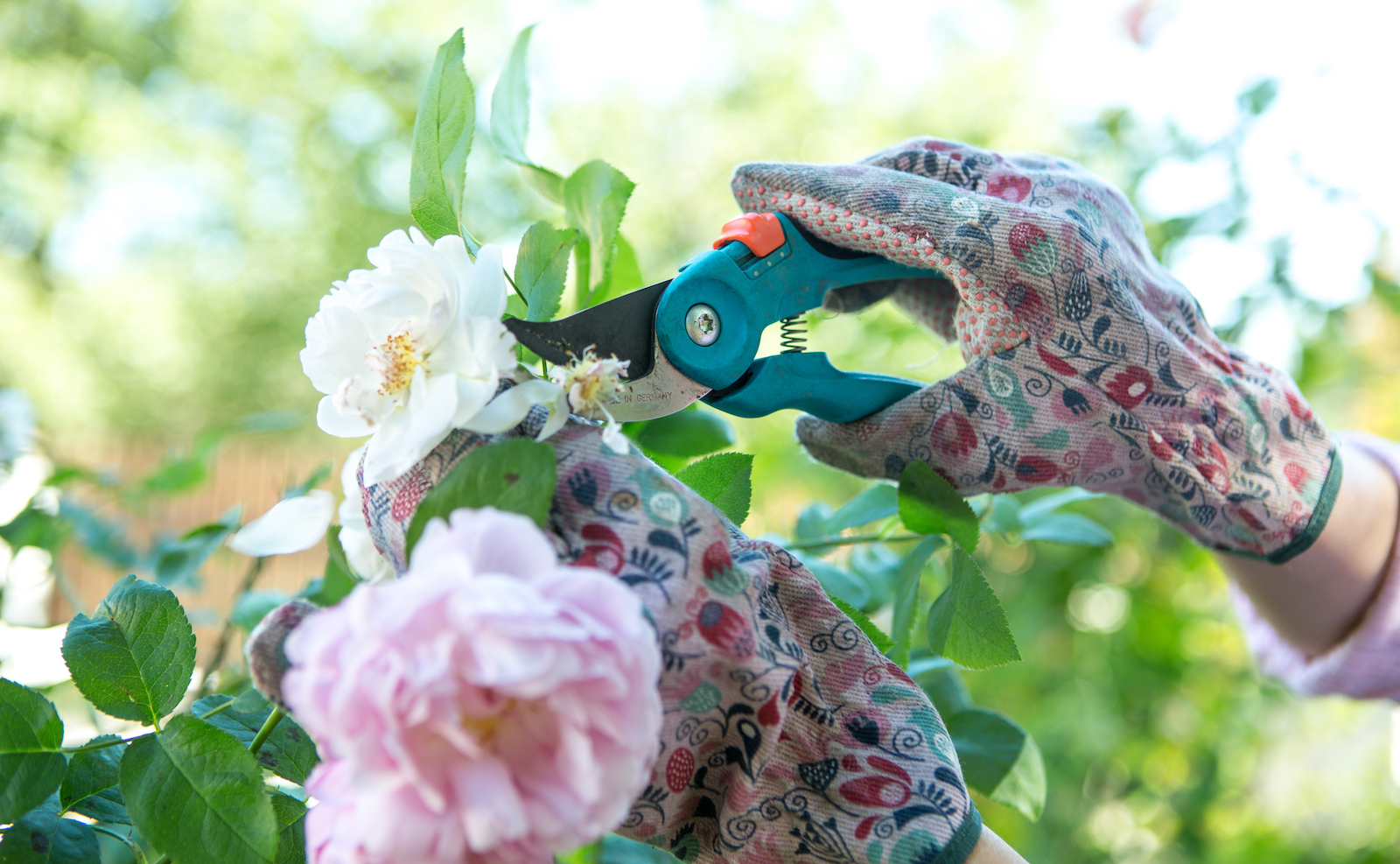 What to prune in spring — experts reveal how to get a lush, full garden
What to prune in spring — experts reveal how to get a lush, full gardenCurious what to prune in spring? We asked gardening experts for their top tips for a luscious, thriving garden
By Danielle Valente Published